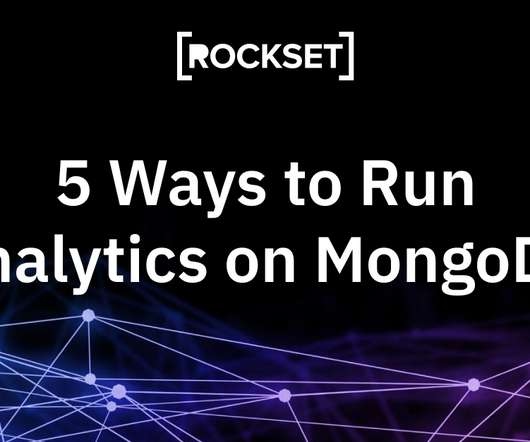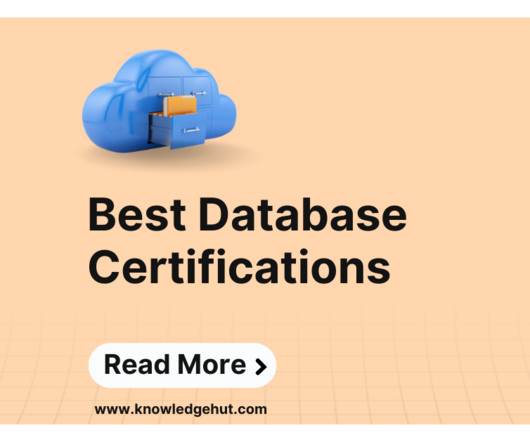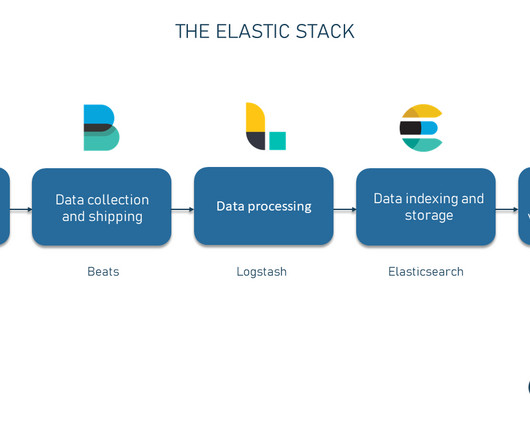Five Ways to Run Analytics on MongoDB – Their Pros and Cons
Rockset
FEBRUARY 2, 2022
Developers choose this database because of its flexible data model and its inherent scalability as a NoSQL database. Yet, analytics is now a vital part of modern data applications. 2 – Use a Data Virtualization Tool The next approach is to use a data virtualization tool.











Let's personalize your content